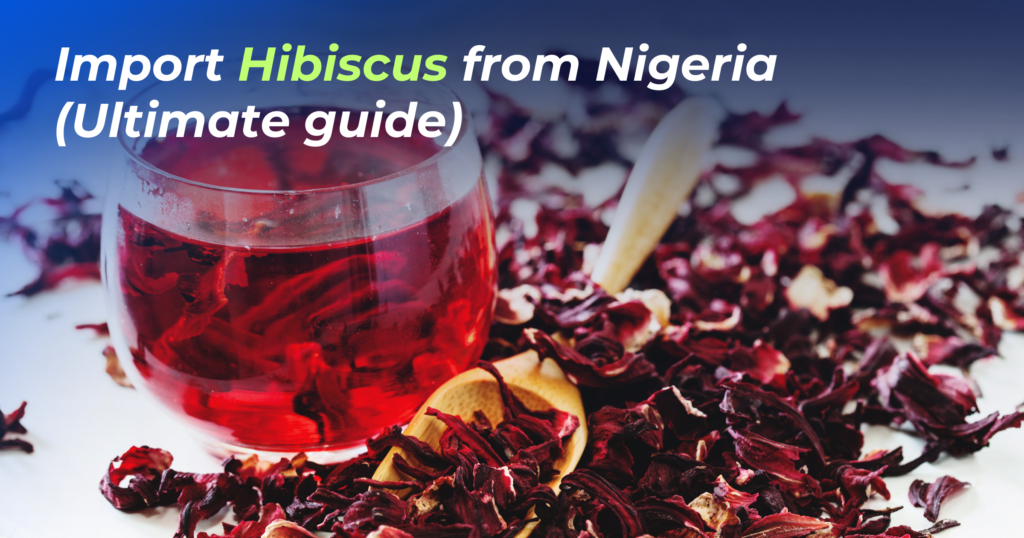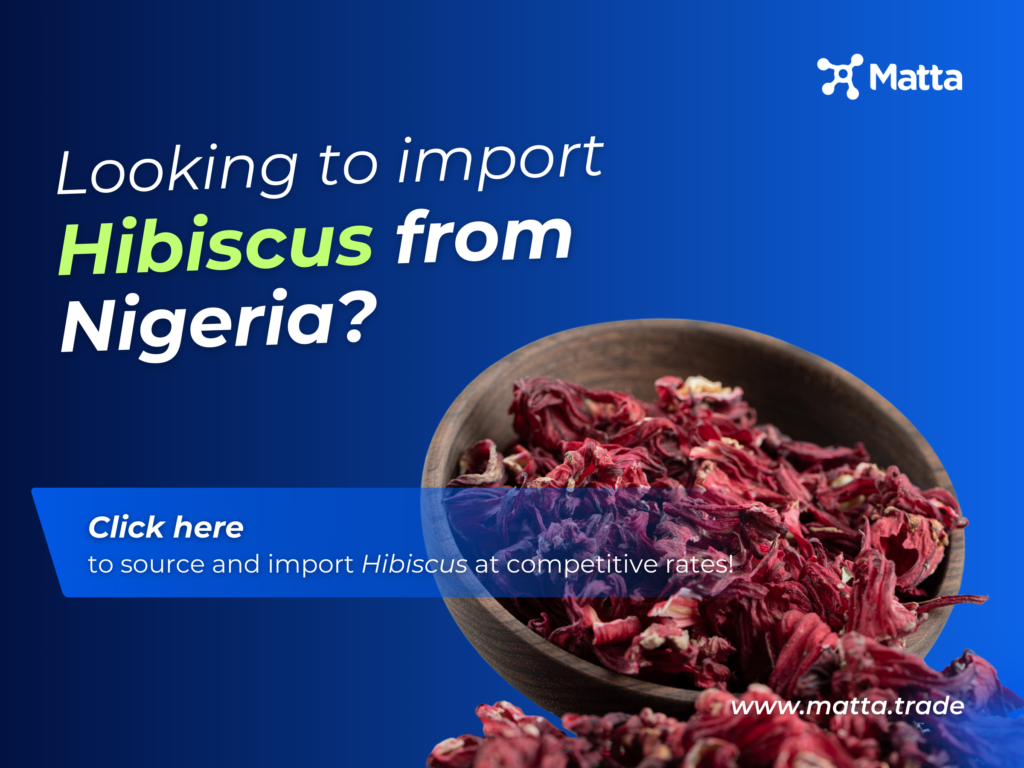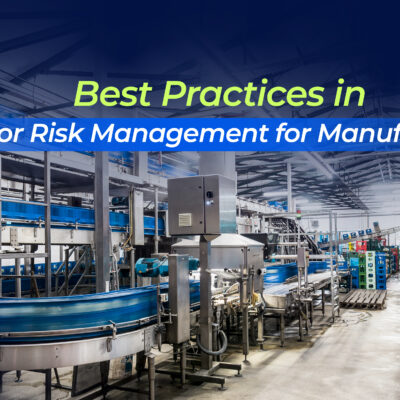
As Nigeria strides towards becoming Africa’s mercantile crown jewel, hibiscus from Nigeria stands as a testament to the country’s potential to reshape regional trade dynamics. In this exploration, we uncover the nuances of the Nigerian hibiscus market, offering insights to guide anyone curious enough to read this article. Get comfortable as we dig in.
This guide aims to be an indispensable resource for international and intra-African importers and anyone curious about agrocommodities in the continent. As always, we’ll help you navigate the flourishing hibiscus trade, delving into the heart of Nigeria’s hibiscus industry. We’ll explore its rich varieties, quality standards, market locations and unique global market opportunities.
Whether you are a seasoned importer or a newcomer to the African trade landscape, this guide is designed to provide you with the knowledge, strategies, and insights needed to import hibiscus from Nigeria successfully.
Shall we?
READ ALSO: Unveiling The Gold Value Chain
Hibiscus In Nigeria
Nigeria ranks as the world’s second-largest producer of hibiscus, boasting a robust production base that is primarily concentrated in the northern region.
Nigerian hibiscus production exhibits a clear seasonal pattern. The peak season runs from November to April, while the off-season is from May to October. It is important to note that prices tend to be higher during the off-season.
However, despite favourable production conditions, specific challenges hinder the market’s full potential. These include;
- Limited infrastructure and logistical constraints consequently impede efficient product flow and delivery.
- Inadequate access to modern facilities restricts value addition and market competitiveness.
- Inefficient handling methods are compromising quality, leading to product losses and reduced export potential.
Global and Regional Demand Trends for Hibiscus
The global hibiscus market is projected to reach US$ 1.5 billion by 2028, exhibiting a robust CAGR of 7.2%. This impressive growth is attributed to a confluence of factors listed above.
Meanwhile, Europe and North America are currently the leading importers of Nigerian hibiscus, primarily utilising the product in teas and infusions. Emerging markets include the Middle East and Asia.
While Nigeria holds a strong position as the world’s second-largest producer, it faces competition from several key players, including:
Sudan:
Sudan is the largest producer of hibiscus globally, boasting a long-established presence in the export market. It leverages its long-established market presence, large production capacity, and established trade relationships to dominate Hibiscus trading. However, the country can do better regarding transportation infrastructure, political stability, and processing facilities.
Mexico:
Mexico is the second-largest exporter of hibiscus. The country’s proximity to North America is a huge plus, coupled with advanced agricultural practices and developed processing facilities. However, the cost of production, when compared to Nigeria, is relatively higher.
Thailand:
Thailand thrives for many reasons. Firstly, the country has established a significant market presence in Asia. Other reasons include efficient processing facilities, reliable export infrastructure, and an established Asian market presence. However, the production scale is smaller compared to Nigeria and Sudan.
READ ALSO: Exploring the global palm oil value chain
Understanding Quality Standards for Hibiscus
Hibiscus is a vibrant flower with various uses, from ornamental purposes to food colouring and teas. When importing hibiscus from Nigeria, understanding the quality metrics and standards is crucial to ensure you receive the best product.
Common Quality Metrics for Hibiscus
Several key metrics determine the quality of hibiscus, both in Nigeria and internationally:
Appearance:
- Colour: Hibiscus flowers should be brightly coloured, with vibrant hues characteristic of the specific variety. Faded, dull, or discoloured flowers indicate poor quality.
- Shape: Flowers should be well-formed and symmetrical, with no deformities, tears, or damage to the petals.
- Cleanliness: Flowers should be free of dirt, debris, and pests.
Freshness:
- Stems: Stems should be green and firm, not limp or dry.
- Pistils: Pistils should be moist and sticky to the touch.
- Calices: Calices should be fresh and green, not brown or wilted.
Aromatics:
- Hibiscus flowers should have a pleasant floral aroma. A weak or absent smell indicates poor quality.
Other factors:
- Moisture content: Hibiscus flowers should have a moisture content between 85% and 90%.
- Pesticide residue: Hibiscus flowers should be free of harmful pesticide residues.
International Standards for Hibiscus Quality
When seeking to export, several international standards can be used to assess hibiscus quality, including:
- Codex Alimentarius: This international food standards code sets standards for various food products, including hibiscus. The Codex Standard for Dried Hibiscus Flowers (CXS 293-2009) specifies requirements for quality, hygiene, and labelling.
- European Union (EU) standards: The EU has strict regulations regarding food safety and quality. Hibiscus imported into the EU must meet specific standards, including requirements for pesticide residues and microbiological contamination.
- United States Department of Agriculture (USDA) standards: The USDA has established voluntary standards for various agricultural products, including hibiscus. These standards provide guidelines for quality, size, and maturity.
Tips for Ensuring Hibiscus Quality
When importing hibiscus from Nigeria, consider the following tips:
- Work with a reputable supplier: Choose a supplier with a good reputation for providing high-quality hibiscus. Find reliable suppliers on Matta’s digital marketplace.
- Request samples: Ask the supplier for samples of their hibiscus flowers to assess their quality before placing a large order.
- Specify your quality requirements: Clearly communicate your needs to the supplier in writing.
- Upon arrival, inspect the shipment carefully to ensure it meets your quality standards.
- Test the hibiscus: Consider testing the hibiscus for pesticide residues and other contaminants.
By understanding these quality metrics and standards, importers and exporters can ensure they are trading high-quality Hibiscus that meets international safety and quality standards.
By carefully selecting reliable suppliers, implementing efficient logistics practices, and maintaining proper handling and storage procedures, exporters can ensure the successful and profitable export of Nigerian hibiscus. Remember, building strong relationships with suppliers and staying informed about industry best practices are crucial for long-term success in the hibiscus export market.
READ ALSO: Building resilient value chains for African cassava
Buy and sell African Hibiscus online with Matta.
Hibiscus, also known as “bissap” or “zobo” in various African regions, is one of the continent’s most valuable botanical treasures. Rich in antioxidants, vitamin C, and minerals, this flower offers significant health benefits while serving as a critical income source for countless smallholder farmers.
As global demand for organic and natural products surges, who connects these dedicated growers with international markets?
Matta is the trusted digital marketplace where hibiscus and other agricultural commodities are traded seamlessly and securely.
We connect buyers seeking premium-quality hibiscus with verified African suppliers who understand proper harvesting, drying, and processing techniques. We also provide them with end-to-end logistics, trade financing, and technical support.
One day at a time, we are creating solutions that simplify pan-African agricultural trade for this valuable crop.
Join the movement and scale your business on Matta (as a supplier or as a buyer)



